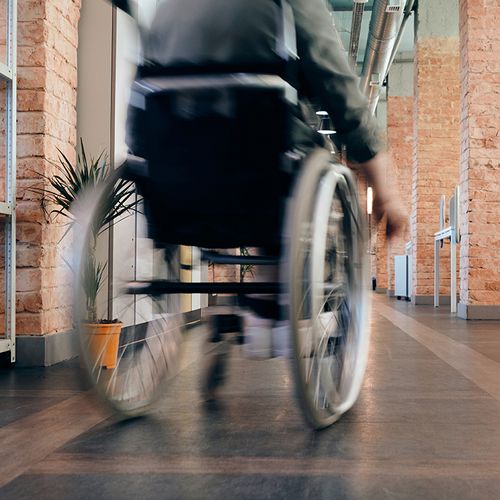Patients who've suffered a transient ischemic attack, or TIA-a temporary stroke like condition with full recovery of neurological function within 24 hours have a substantial risk of suffering a major stroke within seven days.
But that risk of a second stroke is lowest among TIA patients treated as emergency cases in specialist stroke units, says a new British review of previous studies that included a total of 10,126 patients.
Study Results
The researchers concluded that there's a 5.2% risk of a major stroke within seven days of a TIA, meaning that about 1 in 20 TIA patients will have a major stroke within a week. But the risk among TIA patients who received emergency care in specialist stroke units ranged from 0% to 9%, while the highest risk-1%—was for patients who didn't receive emergency care.
The findings were published in The Lancet Neurology.
Studies of major stroke risk after TIA have produced conflicting findings, with seven-day stroke risk ranging from 0% to 12.8%. The inconsistent findings among the previous studies that were included in the new review could be explained by differences in study method, setting and treatment, the review authors said.
"Our study almost fully explains why the results of previous studies have been conflicting and illustrates the importance of methods used by a medical study when interpreting its results," they concluded.
Implications
"The risk of stroke reported amongst patients treated urgently in specialist units was substantially lower than risks reported among other patients treated in alternative settings. These results support the argument that a TIA is a medical emergency and that urgent treatment in specialist units may reduce the risk of subsequent stroke," said the study authors, from Oxford University's Stroke Prevention Research Unit.
The researchers said reliable estimates of major stroke risk following a TIA could maximize the benefits of early treatment, allow effective planning of service for patients, assist in the design of clinical trials, and justify investment in public education.
Expert Recommendations
Another expert, Keith Siller, MD, medical director of New York University Medical Center's Comprehensive Stroke Care Center, called the study important for several reasons.
The likelihood that a major stroke will follow a minor stroke or TIA shows that these patients are not out of the woods, even though they may appear to be back to normal, said Dr. Siller. "This is analogous to a patient with chest pain who may be having angina as a warning sign for impending heart attack and is admitted for additional testing to avoid sending them home and having them suffer a fatal heart attack outside the hospital, Dr. Siller said.
Dr. Siller, who's also an assistant professor at the NYU School of Medicine, added that the study also emphasizes that "patients with TIA or minor stroke should be treated in stroke centers with specialized units since the care provided is specifically targeted for stroke and does result in better outcomes compared to a general medical ward."
What's more, Dr. Siller said, "these results need to be understood by insurance companies and HMOs that have unofficially discouraged doctors from admitting these same patients and prefer them to be worked up electively as outpatients. The reality is that completing all of the necessary testing as an outpatient within one week is often not possible, during which time the patient may have the second more devastating stroke that might have been prevented had they been in the hospital setting."
Better Stroke Recovery
Patients treated within 90 minutes of the onset of an ischemic stroke (caused by a blood clot) are almost three times more likely to have a favorable outcome than those who wait longer for care. The longer the wait, the worse the outcome. Compared with those who received a placebo, stroke patients treated in 91 to 180 minutes had only a 50% better chance of a favorable outcome...and a 40% better chance if treated in 181 to 270 minutes. (Consent was obtained from all patients.) If you experience paralysis in the arm, face or leg, slurred speech, vision loss, dizziness and/or headache, call 911 immediately.
Hot/Cold Therapy Brings Better Recovery for Stroke Patients
When added to standard physical therapy treatment, thermal stimulation in which hot and cold packs are alternately applied to the patient's impaired hand and wrist over 20 to 30 minutes-resulted in significantly better recovery rates in wrist extension and sensation and grasping strength than results in patients who were given only standard physical therapy. Thermal stimulation was given five times a week for six weeks.
